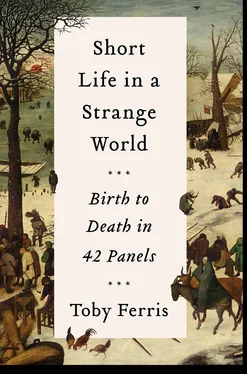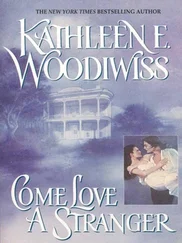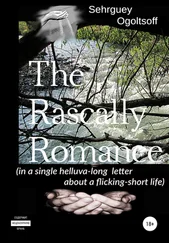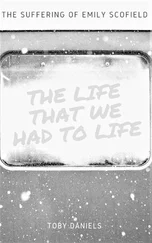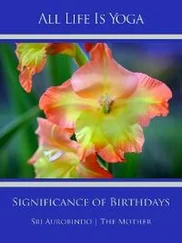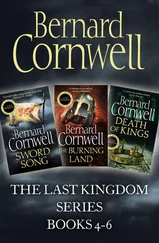The only thing vanishing is that peculiar sun. The old world is ebbing to its conclusion.
The Younger – wittingly? unwittingly? – has made this dead cosmic circuitry bearable, transient. Along those paths and on that frozen river our eye is made to criss-cross, not circle, and finally escape the painting. And he has done all this in direct contravention of the central thought process of the original – that these circles go nowhere for a reason.
A vanishing point: The Census at Bethlehem , detail – Elder (top) and Younger (bottom)
Pieter Brueghel the Younger may not have been a painter at all. He was unarguably an eminent man in the Antwerp art world – there is a portrait etching of him by Anthony van Dyck, in which, as it happens, he projects the sort of patient melancholy common to men with drooping noses and straggling moustaches. But he may only have been the inheritor of the cartoons and the general manager of a workshop which employed anonymous hands to complete the copies. It is possible that he had no artistic personality, nothing but a signature and a locked chest of cartoons which he carefully opened and closed as required, a bureaucrat among artists, ghosting through the system, the painted artefacts. The notion that somewhere in that swirl of hands and methods and corporate production was the memory of a five-year-old boy transfixed by the death of his father is nothing more than an absurd projection of my own.
But this is why I am here. I did not come into this room in Brussels to discover a truth, but to impose one. To make something of all this. This is one way in which we react to the accumulation of life. We make spreadsheets, trace genealogies, embark on projects, write essays. We pore over the data in search of patterns. All this must and will be made to mean something.
I stand in the corner room of the museum, then, observing small differences. Discriminating.
And there is in fact one final difference – a figure, present in the Elder’s panel but absent in all the Younger’s copies, suggesting a late emendation on the father’s part, a final gratuitous flourish of his art: it is the youth pulling on his skates, below the tiny child who cannot yet summon the courage to go out on the ice.
Life is treacherous, says the figure, but we have resources. We have skates. We can make of this treacherous ice our element. Sooner or later, we all pull on our skates and go out on the ice – as the father might have remarked to the son, had he had time.
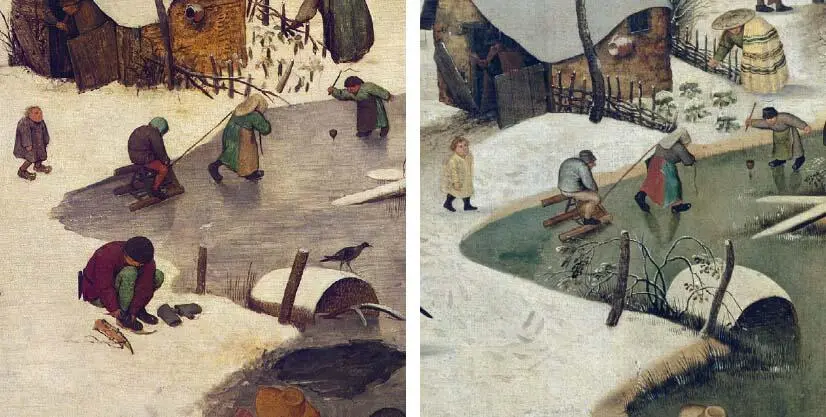
We have resources: The Census at Bethlehem , detail – Elder (left) and Younger (right).
This whole village, in fact, suddenly seems to be poised by the ice, spilling uncertainly but inevitably over its edges. Just to the right of the large tree by the water a father stands hands in pockets and watches his two small children testing the curious element.
The skater’s absence from all copies (bar one – a recently discovered panel has the skater, suggesting a late, rectifying glimpse of the original, or a post-mortem addition) implies that it was the father who was diverging, making changes on the hoof, inserting figures at the last minute, blotting out the vanishing point in a moment of inspiration, and the son who adhered more faithfully to the earlier version, the cartoon or, more likely, sheaf of cartoons. There is, after all, a sensibility in copying well, an alertness to detail. One of the Younger’s guiding virtues, you could say, was fidelity. Copying is meditative and respectful work, itself a way of thinking.
If he was occasionally caught out by the odd detail it hardly matters. At some point the fractional differences collapse into the far greater mass of similarities. The census is not a record of our individuality in the end, but of our solidarity. Thus there is not a source of pictorial DNA – the Elder – and a series of ever-degrading replications. Rather there are versions of versions all orbiting a hypothetical centre of mass (the cartoon), just as the small children of the village eccentrically orbit the centres of mass set up between them and their parents, and their parents in turn orbit the invisible barycentre which lies between them and their ancestors, and which we commonly call the community . Each of us, present or absent, exerts our own small constant gravitational tug, variable in time, hard to calculate, take account of; but there, nevertheless, in the mass of data points, and the geometry which comprehends it.
Antwerp and Rotterdam (6.316%)
‘The air still moves, and by its moving cleareth, The fire up ascends, and planets feedeth.’
Fulke Greville, Caelica
Months pass, and I wage a phoney war against the looming Bruegel Object, pick off a panel here or there, drag myself like a forlorn expedition over the still-featureless map of all Bruegel. Finding landmarks.
The cities I visit are cities named in a dream of Europe. Rotterdam. Antwerp. Places you might struggle to put a pin in, but which underlie your notion of European . Once I have visited them, I hardly know that I have been there: waystages on a cosmic map.
Rotterdam, for instance. Rotterdam is a station, roadworks, new buildings, a long straight walk to the museum along a windy street. It is a museum built in the 1970s, an empty café with coloured chairs.
That is Rotterdam. Have I been there? Barely.
*
I am in Rotterdam with a friend, a painter called Anna Keen. Sister of Zabdi, my paragliding instructor. In Rome in the 1990s we were a couple. We lived behind the Colosseum on top of the Domus Aurea, Nero’s cavernous, mouldy, buried golden palace, with its revolving dining room and its obscene frescos.
Now Anna lives in Amsterdam, in a shed near the water, and I am paying a visit. In a couple of days my brother will join us.
The shed is part of a complex of work units – next door, for example, is a builder of speedboats, or racing yachts, I do not remember which. I only remember looking down the length of streamlined hulls, bright paintwork, varnish. Rigging? I don’t recall.
Anna’s shed is also her home and a source of income – she sublets parts of it as studio and living space to art students. Her brother Nick, a carpenter, has come over for a few days and built partition walls. Anna lives upstairs in the low-ceilinged loft that runs the length of the shed. You have to stoop as you walk along it. You ascend by a ladder between two antique electrostatic speakers into her wonky space of two thousand books and paint-stained electronics – laptop, router, amplifier, speakers – and naked plasterboard. A padded silver pipe runs up through the floor. Plastic flapping windows give on to the main space, where Anna has her own wooden boat propped up and her immense easel, and endless red-and-white packets of a line of budget food called Euro Shopper which for some reason she cannot stop buying, and presumably consuming, and wants to paint. On each packet is a schematic drawing indicating the packet’s contents – a red-and-white cow (milk), a red-and-white peanut (peanut butter), a red-and-white gravy boat (brown sauce), a red-and-white whisk (whipping cream, UHT). They are everywhere. A ready-made Warholian homogenization of all food and all household goods, in this most dehomogenized of spaces.
Anna has installed a large wood-burning stove in her kitchen, and it directs heat around the shed complex along silver-insulated pipes. It is February, the stove is working full time, and everything you touch is either scalding hot or icy. The inhabitants of the shed (three, four art students, Anna, Anna’s brother, Anna’s brother’s girlfriend, my brother, and me) shuffle around wrapped in scarfs and old jumpers, clutching mugs of tea, seeing how close we can get to the fiery stove without singeing our flesh. Whatever the stove radiates seems to dissipate within an inch or two of its cast iron: the zone of warmth is perilous and narrow.
Читать дальше
